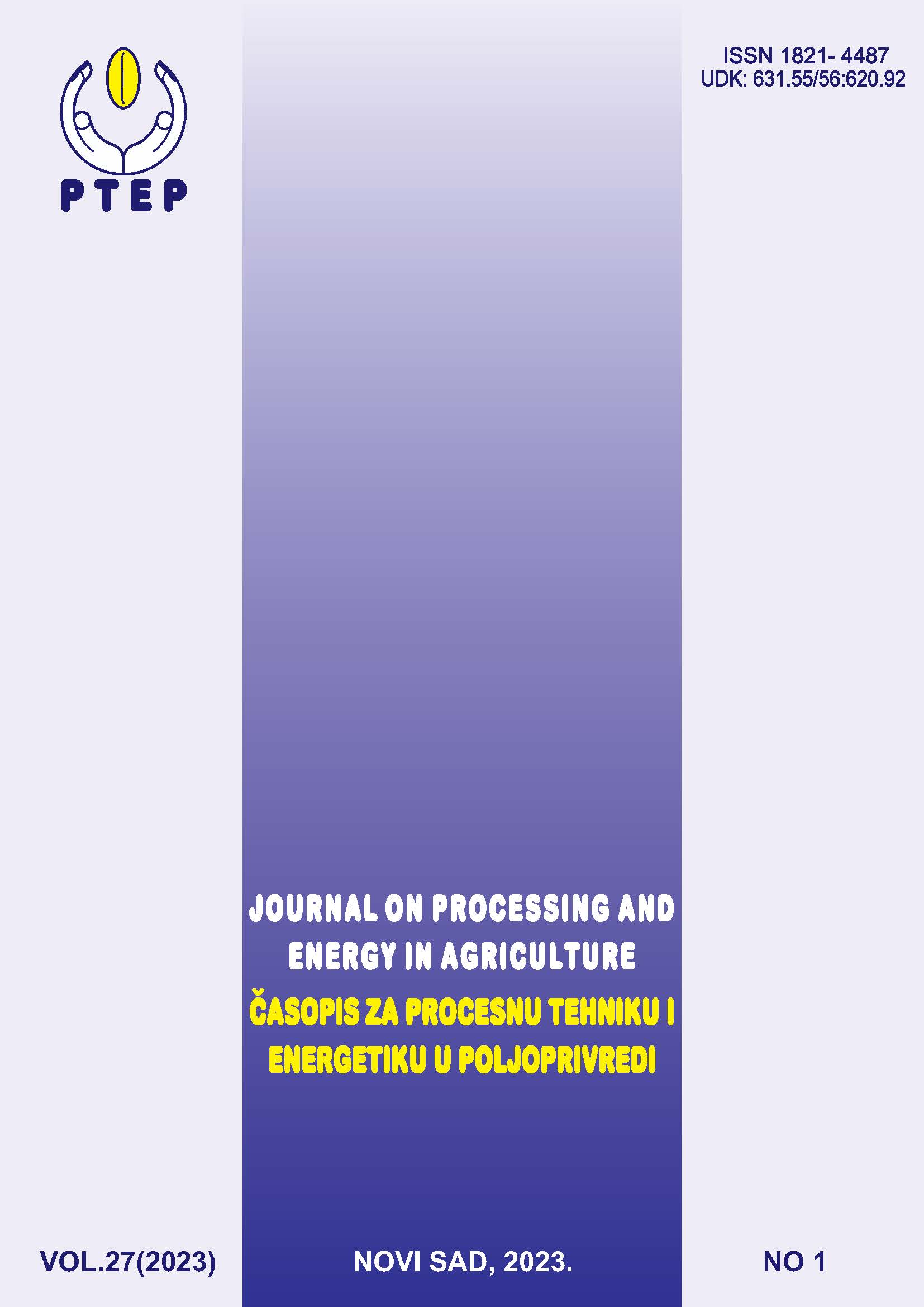BIOENERGY CONVERSION TECHNOLOGIES: A REVIEW AND CASE STUDY
Abstract
The conversion of organic waste and energy crops into fuel would help society by producing clean fuel from the regenerative feedstock. Industrial biofuels may be non-polluting and sustainable if properly linked with natural ecological cycles. A common method of producing heat and power from bioenergy is biomass gasification. Furthermore, pyrolysis and hydrothermal carbonization are promising thermochemical processes for converting biomass into liquefied fuels and chemicals. Anaerobic digestion is another well-established method that successfully transforms organic waste matter into biogas. The purpose of the study is to review current bio-energy conversion technologies and to provide quantitative data and interpretation of the heating value, proximate and elemental analysis, and product yields specific to bioenergy recovery from some selected biomass materials such as olive mill waste and cotton stalks. Moreover, some products from the conversion (e.g. biochar from pyrolysis) can be used as a soil additive to recover nutrients and carbon in the soil. The latter can additionally act as water storage. Therefore, utilizing biomass has the potential to be a significant source of energy and an opportunity to reduce environmental issues and financial costs. This study contributes to the needed understanding of energy derived from thermal and biological conversion products of biomass. In this context, according to the characteristics of different kinds of biomass, appropriate utilization methods should be applied to produce bioenergy to realize environmental, economic and energy benefits. The study concluded with some comments on the future potential of these processes.
References
Pretvaranje organskog otpada i energetskih useva u gorivo pomoglo bi društvu proizvodnjom čistog goriva iz regenerativne sirovine. Industrijska biogoriva mogu biti nezagađujuća i održiva ako su pravilno povezana sa prirodnim ekološkim ciklusima. Uobičajeni metod proizvodnje toplote i energije iz bioenergije je gasifikacija biomase. Štaviše, piroliza i hidrotermalna karbonizacija su obećavajući termohemijski procesi za pretvaranje biomase u tečna goriva i hemikalije. Anaerobna digestija je još jedan dobro uspostavljen metod koji uspešno transformiše organske otpadne materije u biogas. Svrha studije je da prikaže pregled trenutnih tehnologija konverzije bioenergije i da se obezbede kvantitativni podaci i interpretacija toplotne vrednosti, približne i elementarne analize i prinosa proizvoda specifičnih za obnavljanje bioenergije iz nekih odabranih materijala biomase kao što je otpad iz mlinaca maslina i pamučne stabljike. Štaviše, neki proizvodi iz konverzije (npr. biočađ iz pirolize) mogu se koristiti kao aditiv zemljištu za obnavljanje hranljivih materija i ugljenika u zemljištu. Ovo poslednje može dodatno da služi kao skladište vode. Stoga, korišćenje biomase ima potencijal da bude značajan izvor energije i prilika za smanjenje ekoloških problema i finansijskih troškova. Ova studija doprinosi potrebnom razumevanju energije dobijene iz toplotnih i bioloških konverzija proizvoda biomase. U tom kontekstu, u skladu sa karakteristikama različitih vrsta biomase, treba primeniti odgovarajuće postojeće metode za proizvodnju bioenergije kako bi se ostvarile ekološke, ekonomske i energetske koristi. Studija je zaključena nekim komentarima o budućem potencijalu ovih procesa.

